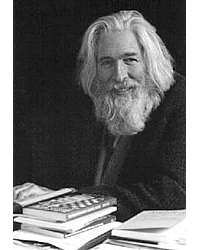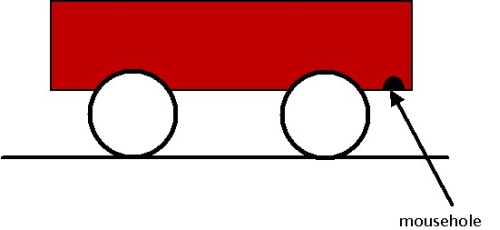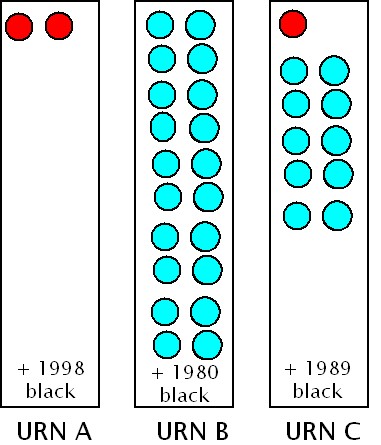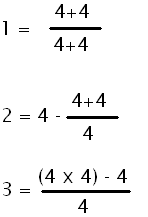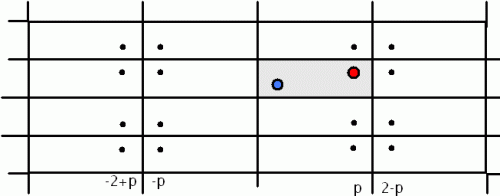 If you’re the sort of person who reads this blog, you’re likely to be familiar with the paradox of the unexpected hanging, which has been floating around since 1943 but achieved popular notoriety around 1969 through the writing of Martin Gardner. But you’re less likely to be aware that the unexpected hanging plays a central role in a wonderful new piece of serious mathematics related to algorithmic complexity, Godel’s theorems, and the gap between truth and provability.
If you’re the sort of person who reads this blog, you’re likely to be familiar with the paradox of the unexpected hanging, which has been floating around since 1943 but achieved popular notoriety around 1969 through the writing of Martin Gardner. But you’re less likely to be aware that the unexpected hanging plays a central role in a wonderful new piece of serious mathematics related to algorithmic complexity, Godel’s theorems, and the gap between truth and provability.
The unexpected hanging might as well be a surprise examination, and that’s the form in which I present this paradox to my students every year: In a class that meets every weekday morning, the professor announces that there will be an exam one day next week, but that students won’t know exactly which day until the exams are handed out.
The students, of course, immediately start trying to guess the day of the exam. One student (call him Bob) observes that the quiz can’t be on Friday — because if it is, the students will know that by Thursday afternoon. After all, if Monday, Tuesday, Wednesday and Thursday mornings have all passed by, only Friday remains. A Friday exam can’t be a surprise exam.
A more thoughtful student (call her Carol) observes that this means the quiz must be on one of Monday, Tuesday, Wednesday or Thursday — and that if it’s on Thursday, they’ll know that by Wednesday night. After all, Friday’s ruled out, so if Monday, Tuesday and Wednesday have passed by, then only Thursday remains. That rules out a surprise exam on Thursday.
Another student (call him Ted) observes that thanks to Bob and Carol, we know the exam must be on one of the first three days of the week — which means that if it’s not on Monday or Tuesday, it must be on Wednesday. Therefore if it’s on Wednesday, they’ll know this by Tuesday night. Scratch Wednesday from the list of possibilities.
Now Ted’s girlfriend Alice points out that the exam can’t be on Tuesday either. Whereupon Bob concludes that the exam must be on Monday. But wait a minute! Carol points out that if they know the exam will be on Monday, it can’t be a surprise. Therefore no surprise exam is possible.
The students, relieved, decide not to study. But they’re awfully surprised when they show up in class the following Tuesday and the professor hands out an exam.
Continue reading ‘The Surprise Exam, and More Surprises’


